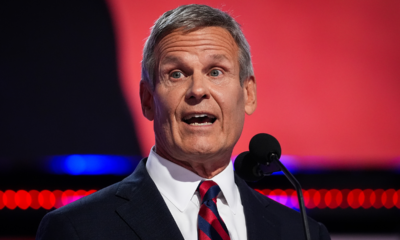US Federal Reserve chair Jay Powell said the central bank had made “considerable progress” in its mission to beat back inflation but signalled that it was still not yet ready to cut interest rates from their 23-year high.
Powell, in written testimony to the US Congress released on Tuesday, was optimistic that the US economy was returning to better balance, as the Fed tries to drive inflation back to its 2 per cent target.
Recent inflation reports — one of which showed the Fed’s preferred gauge dropping to 2.6 per cent in May — were encouraging and showed “modest further progress”, said Powell. But “more good data would strengthen our confidence that inflation is moving sustainably toward 2 per cent”.
“Over the past two years, the economy has made considerable progress” towards the Fed’s inflation target, he said, adding that labour market conditions “have cooled while remaining strong”.
Powell’s comments to the Senate finance committee underscored the central bank’s delicate balancing act as it debates when to lower the benchmark interest rate from between 5.25 and 5.5 per cent — a range it has held since last July.
Lowering rates too early could foil plans to tame inflation. Keeping them too high for too long could push more Americans into unemployment than is necessary.
Powell addressed the trade-off in his opening remarks, warning that a policy mis-step could stall or reverse recent progress on inflation. However, he added that “elevated inflation is not the only risk we face”, citing concerns that leaving borrowing costs too high for too long could “unduly” damage the economy.
Officials remain on edge after inflation flared up earlier this year, upsetting expectations that the Fed would begin slashing rates before the summer. It has left policymakers eager for more proof of disinflation before they cut borrowing costs.
Recent signs of a cooling in the labour market have, however, bolstered expectations for a fall in borrowing costs after the summer. The unemployment rate now sits at 4.1 per cent, a level last registered in November 2021. These conditions pointed to a labour market that is “strong, but not overheated”, Powell said on Tuesday.
Officials recently emphasised — including in minutes from the most recent meeting in June — that a sudden weakening of the labour market could also push the Fed to lower rates.
Traders broadly do not expect the Fed to reduce borrowing costs when policymakers convene later this month, but are betting that a cut in September is more likely than not. As of June, officials themselves projected one interest rate reduction this year, although a large proportion also supported an additional move.
The September meeting marks the Fed’s last gathering before the presidential election in November, after which the central bank will meet twice more this year. Inflation and punishing borrowing costs are among the top issues for voters, weighing on President Joe Biden’s approval ratings.






















/cdn.vox-cdn.com/uploads/chorus_asset/file/25822586/STK169_ZUCKERBERG_MAGA_STKS491_CVIRGINIA_A.jpg)

/cdn.vox-cdn.com/uploads/chorus_asset/file/25821992/videoframe_720397.png)




